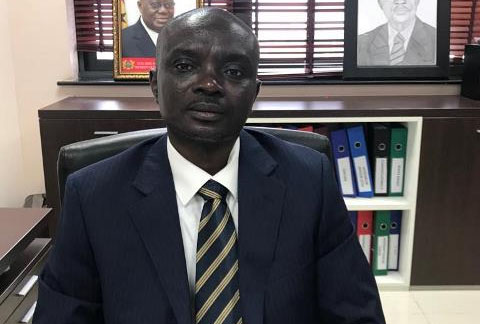Ebenezer Kojo Kum
Minister for Chieftaincy and Religious Affairs, Ebenezer Kojo Kum, has said the issue of the elevation of chiefs is a question of custom and tradition where an overlord can grant a paramount status to a chief within his jurisdiction.
According to him, it does not fall within the domain of the Ministry of Chieftaincy and Religious Affairs, or the ambit of the minister of the sector to determine the customary requirements and traditional prerequisites to be satisfied by a chief for elevation.
Answering questions on the floor of Parliament yesterday, Mr. Kum stated that the overlord or the paramount chief has the mandate to determine customary requirements and traditional prerequisites.
“Mr. Speaker, the Builsa Traditional Area is composed of Divisional Chiefs and the Paramount Chief of the Builsa Traditional Council is the Paramount Chief of Sandema.
“Mr Speaker at regulation 13 (1) of the Chieftaincy (Membership of Regional Houses of Chiefs) Instrument, 2020 L.I 2409 is listed the Members of the Upper East Regional House of Chiefs and inclusive in the list is the Paramount Chief of Sandema, and in sub-regulation 13(1)(c) of this same Legislative Instrument, it is stated therein that five of the Divisional Chiefs from the Builsa Traditional Area shall be selected by the President of the Builsa Traditional Council in consultation with the Builsa Traditional Council on rotation to be members of the Upper East Regional House of Chiefs,” he disclosed.
The minister further explained that a traditional area denotes the area under the jurisdiction of a paramount chief and each traditional area shall have a traditional council and the president of that traditional council is the paramount chief.
“The composition of a traditional council consists of persons whose names appear in the National Register of Chiefs and therefore, by necessary inference members of a traditional council fall within the domain of the paramount chief and they owe allegiance to him.
“The divisional chiefs from the Builsa Traditional Area is in the following order of skin names are Bachonsa-Nab, Chuchuliga – Nab, Doninga-Nab, Fumbisa-Nab, Gbedena-Nab, Gbedembilisa-Nab, Kadema-Nab, Kanjarga-Nab, Seniensa-Nab, Wiak-Nab, and Uwasa-Nab,” the minister stated.
Mr. Kum said in keeping with the tenets as presented in Article 270 of the 1992 Constitution, the dignity, integrity and sanctity of the chieftaincy institution must be upheld and nothing ought to be done in such a way not to “detract or derogate” from the prescriptions.
“Since one of the main defining elements of the chieftaincy institution is the custom and the traditions, nothing must be done or seen to be done to disturb the honour, dignity and sanctity of the chieftaincy institution,” he asserted.
“Mr. Speaker, it is in particular with regard to this that we cannot overreach our hands to suggest a date, prescribe or give timelines as to the determination or elevation of a chief to a paramount status. The custom and tradition regulating these processes are in the bosom of the traditional authority, the stool or the skin as the case may be,” he concluded.
By Ernest Kofi Adu, Parliament House


